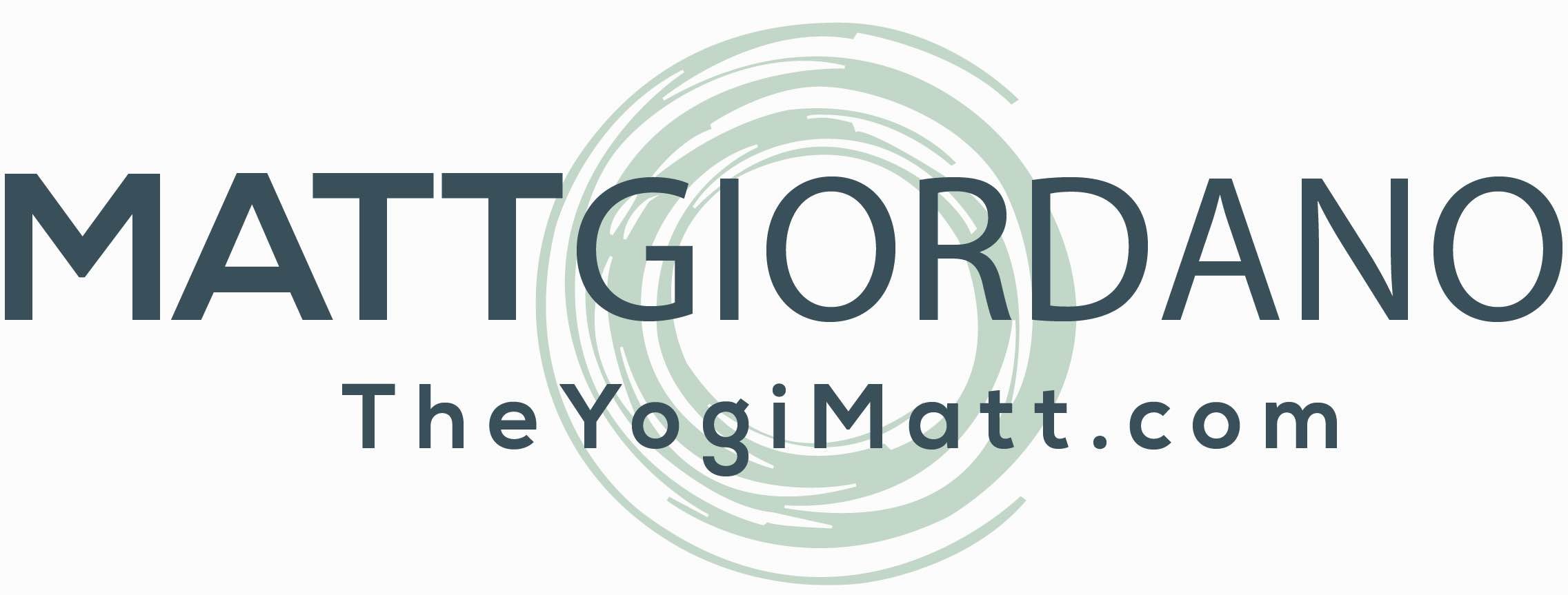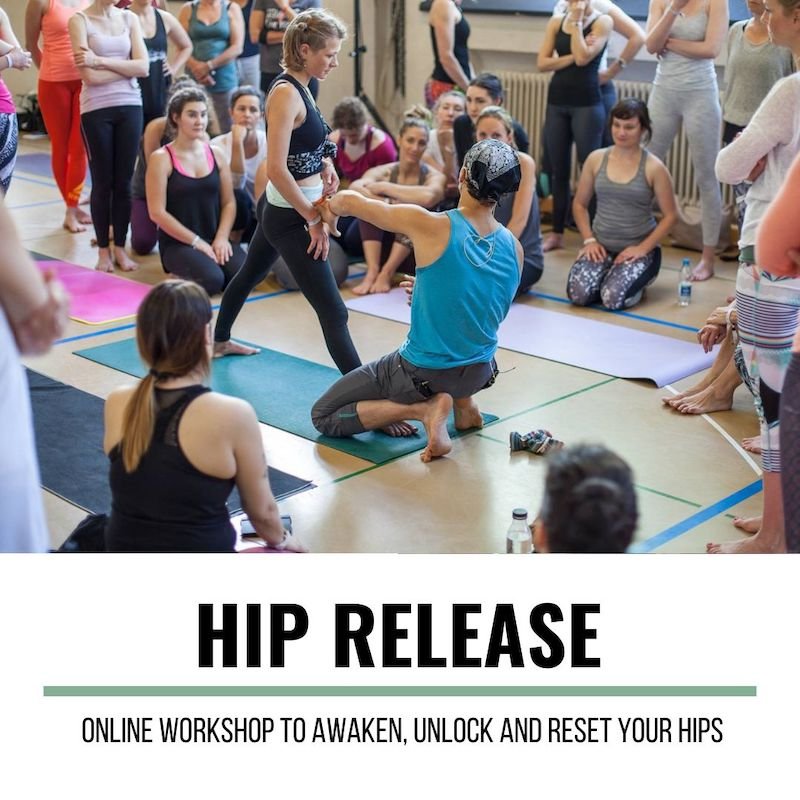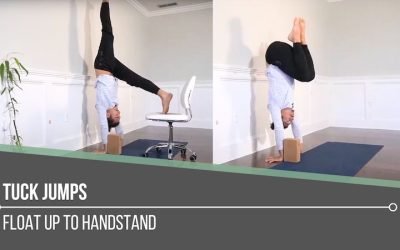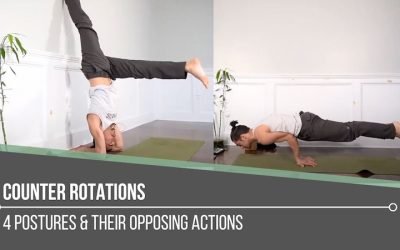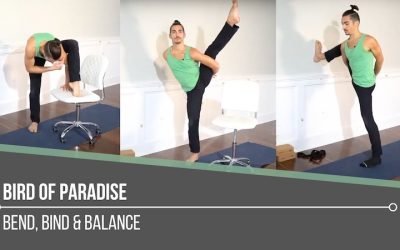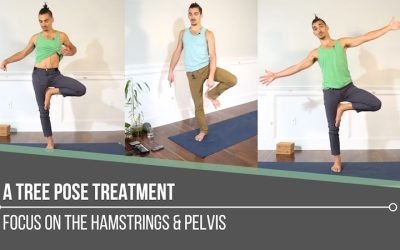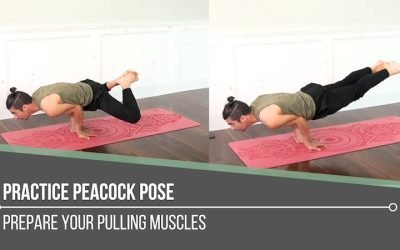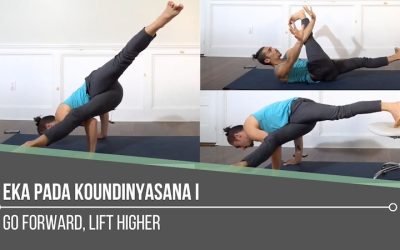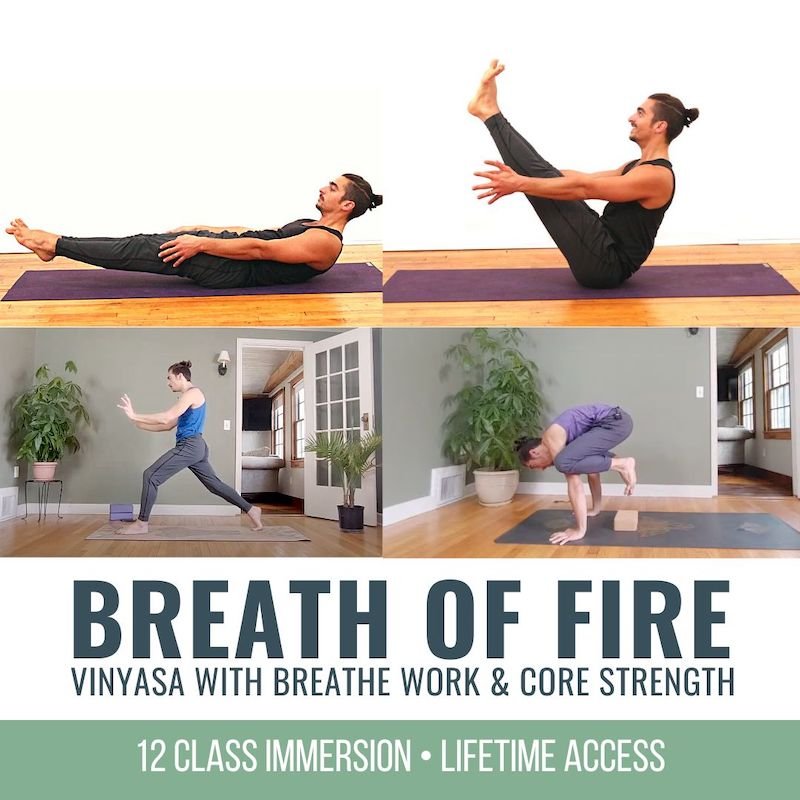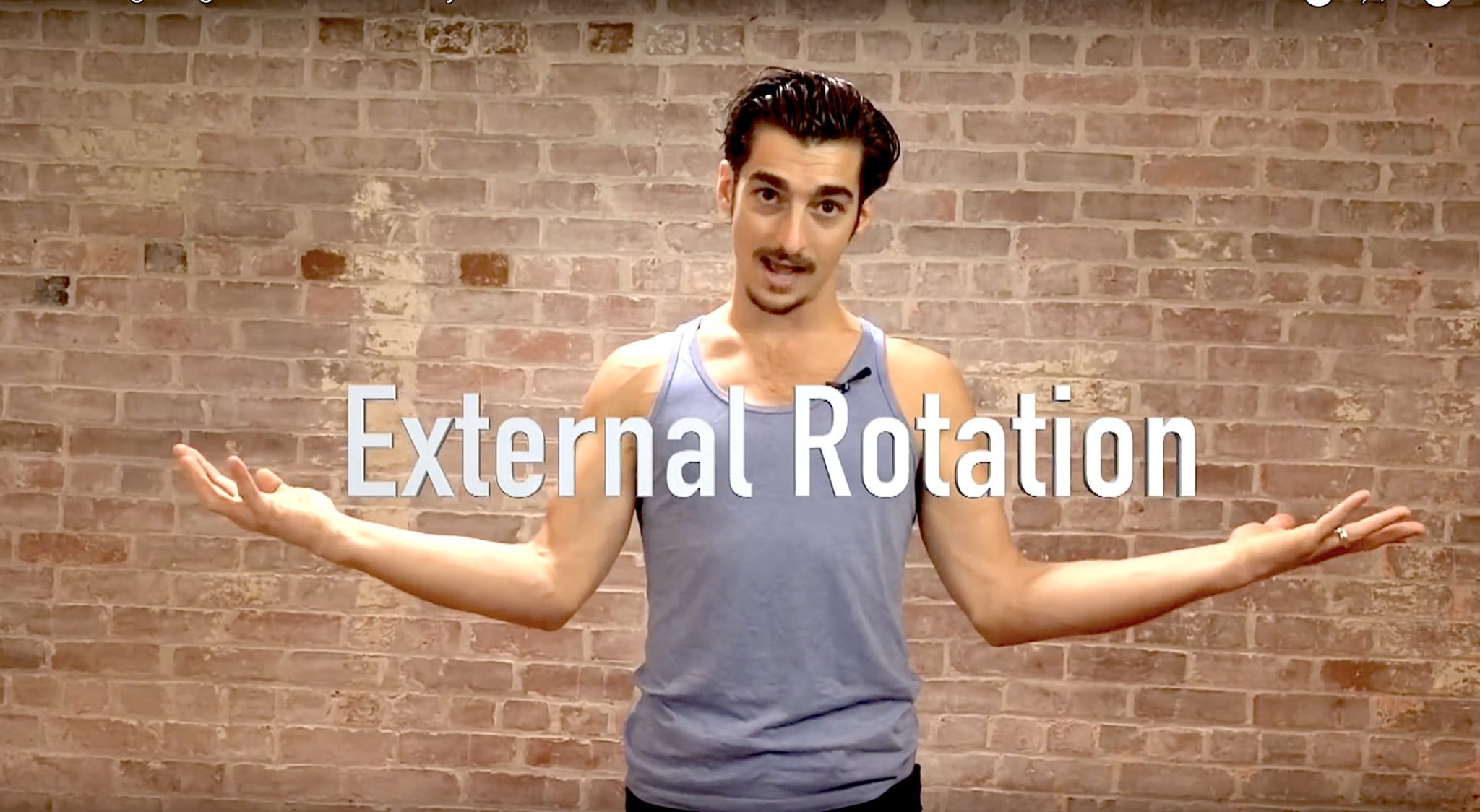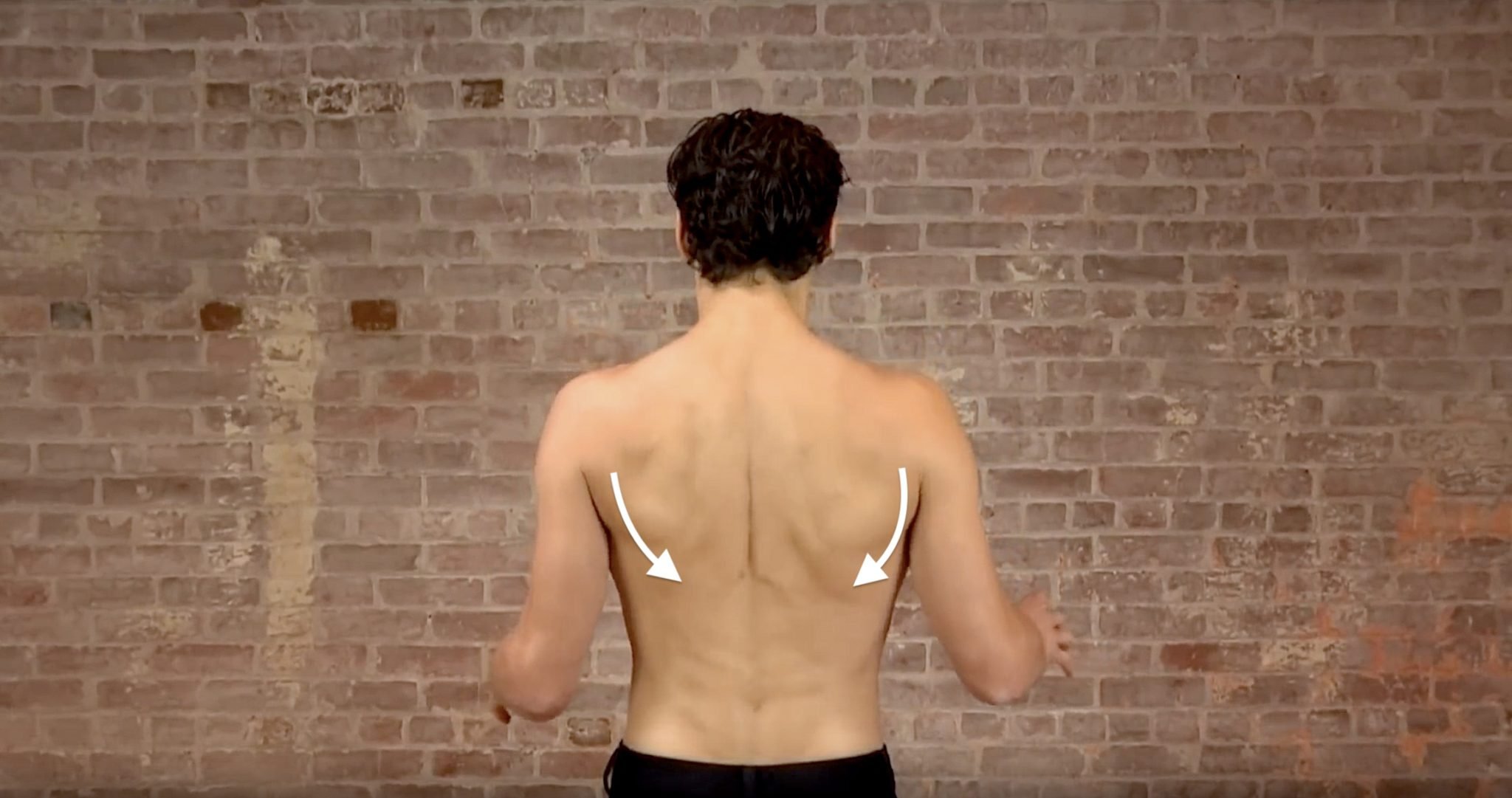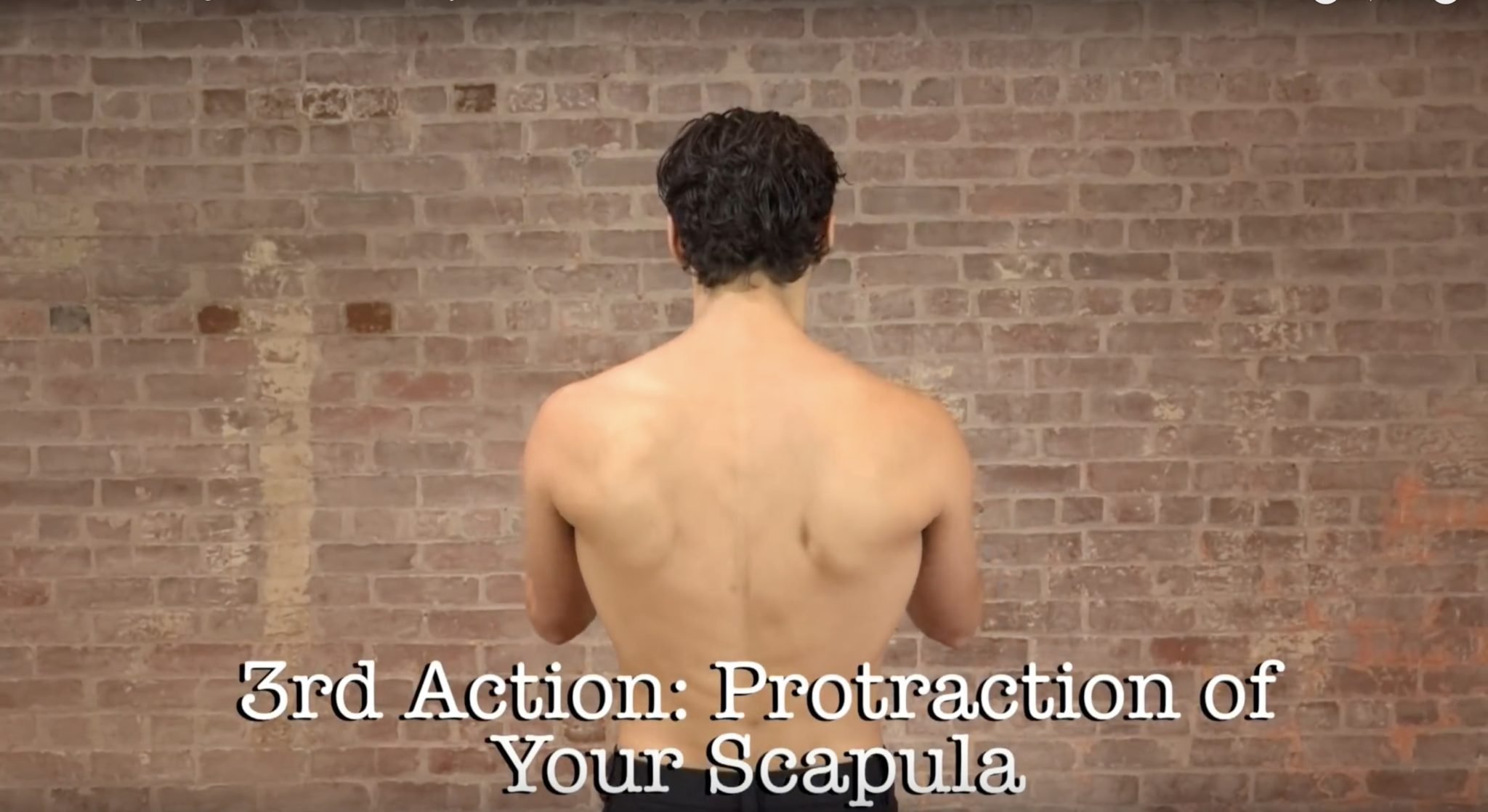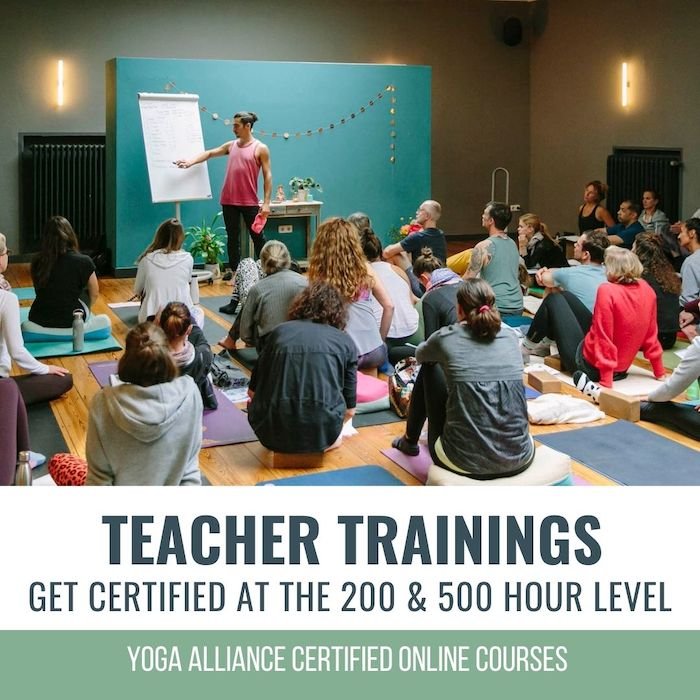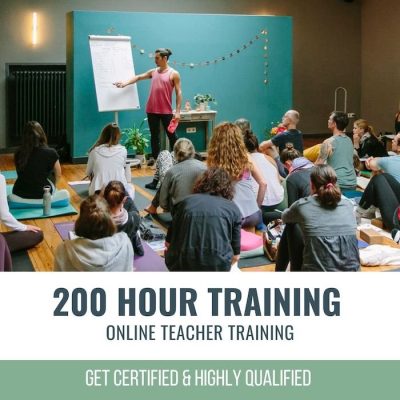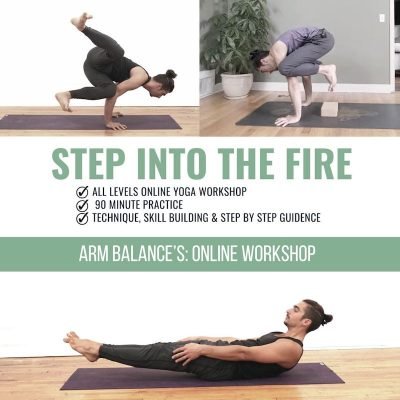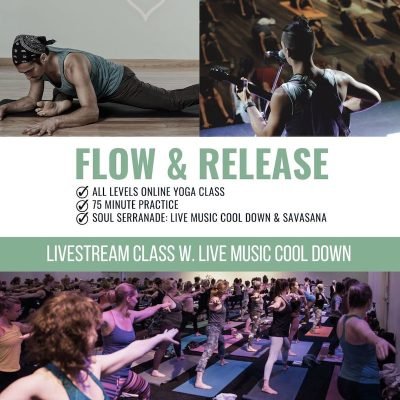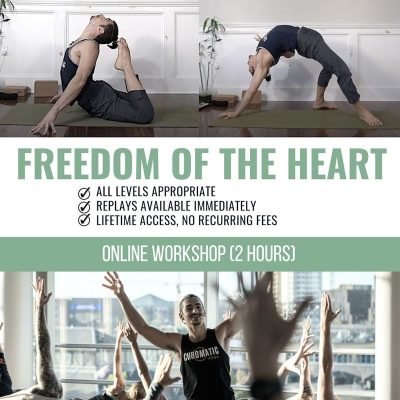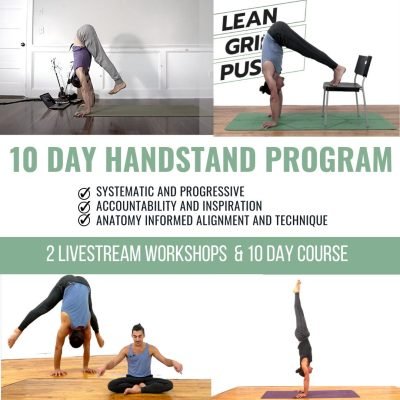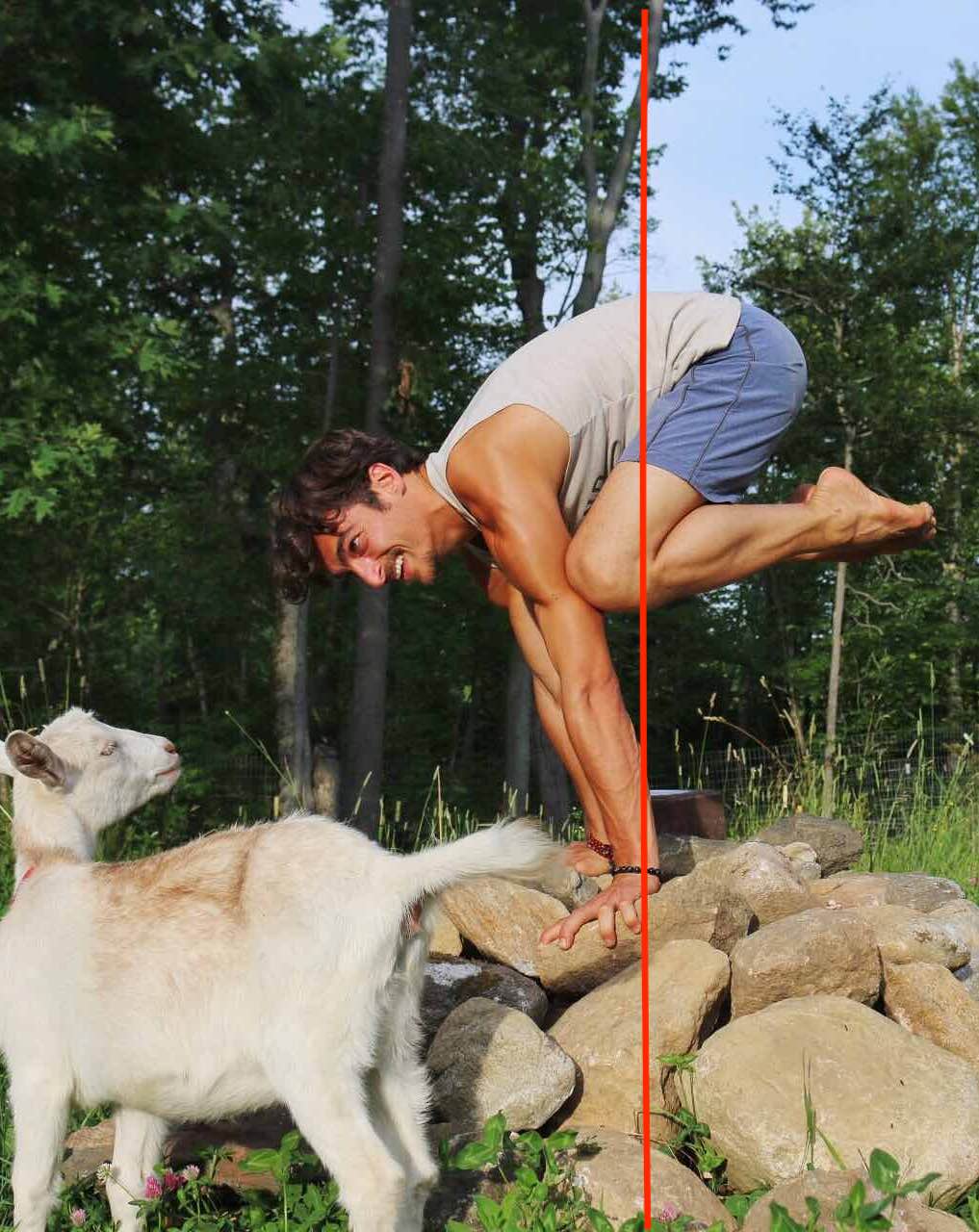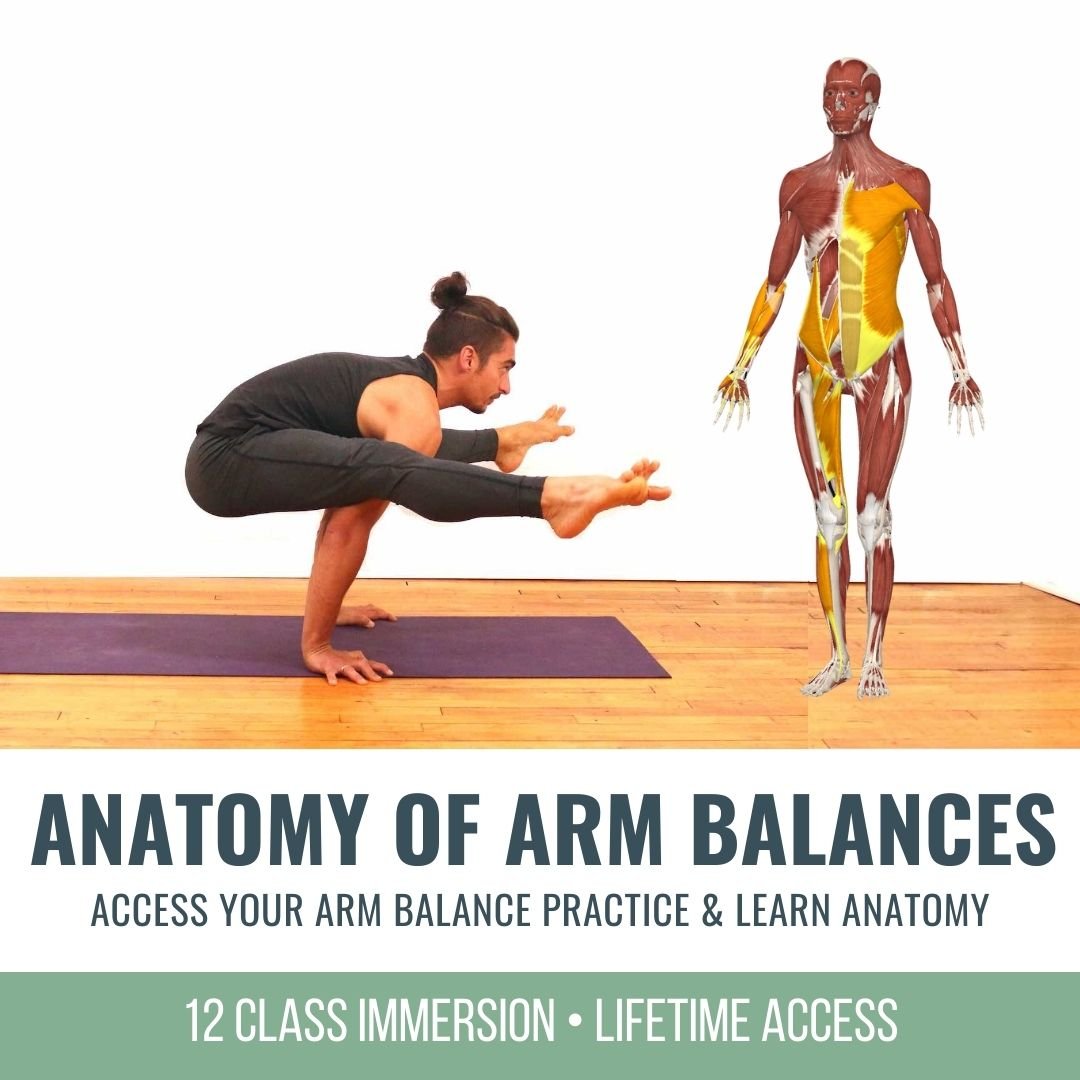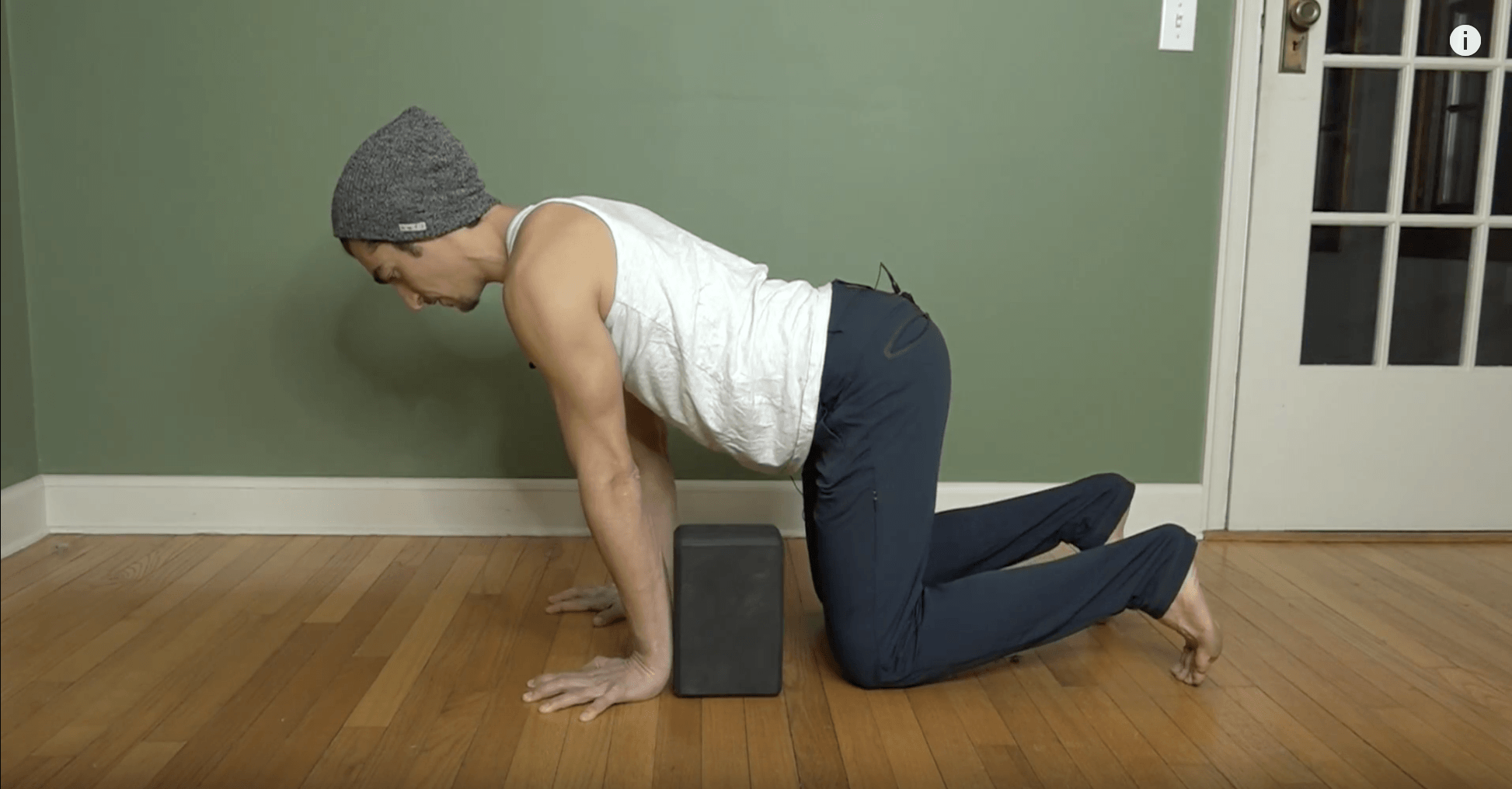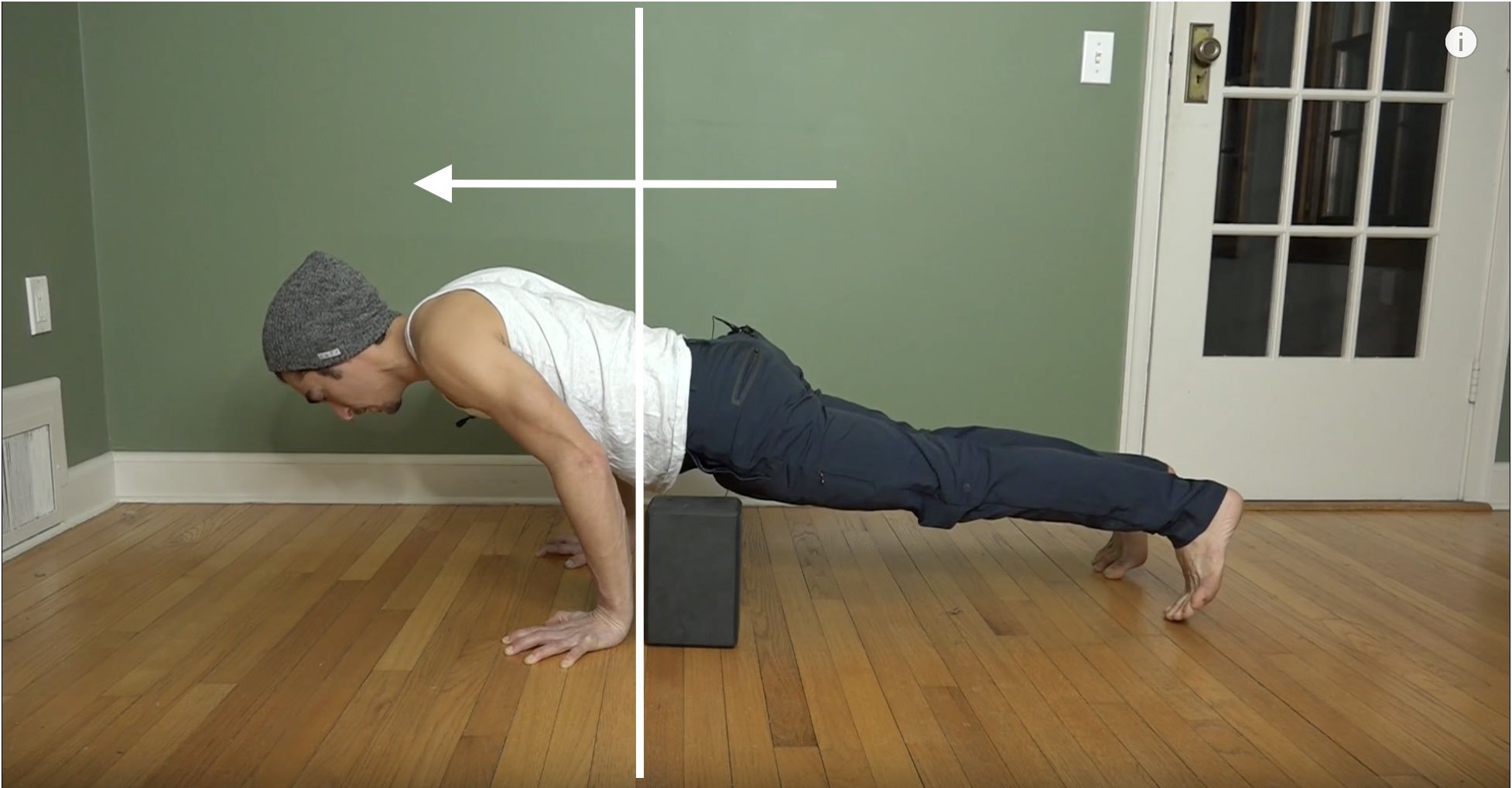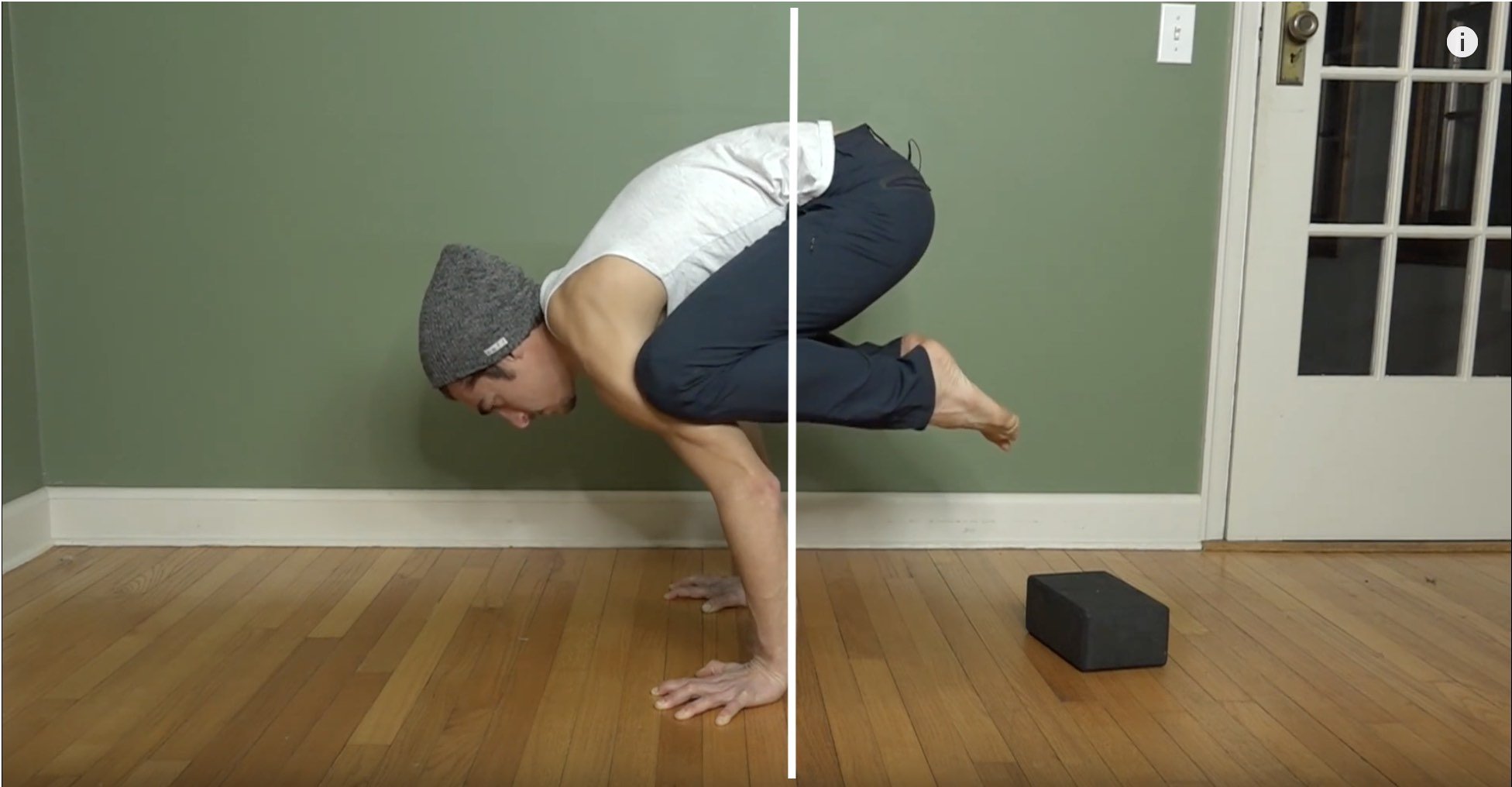Tuck JumpsHandstandTUCK JUMPS Without a doubt, tuck jumps are a confidence booster when it comes to preparing for handstands. When we go through the course of preparation, it’s not the first step, but it’s definitely a way of identifying where strength and...
6 Postures For Hips and Lower Back
6 Postures for Hips and Lower Back
stretch
6 POSTURES FOR HIPS AND LOWER BACK
When we’re interested in learning about postures that help us with our hips and lower back, it’s simply not good enough to find a video or practice that says that certain poses will help with these areas of the body. A statement like that is too broad—it doesn’t mean very much until we understand how to implement the poses in our yoga practice.
Yoga is a powerful tool because it provides us with the gift of awareness. In the context of a physical yoga practice, a teacher like Matt shows us how to get to know our own bodies in a deeper way. We learn how to exercise discernment so that a posture becomes tailored to our individual needs. In today’s video, we’ll not only observe 6 postures for the hips and lower back but also obtain the information to guide us in a direction that makes them helpful.
HIP RELEASE
2-HOUR LIVESTREAM WORKSHOP!
- Technique-infused 2-hour workshop
- Nondogmatic alignment awareness
- Inner thigh & outer hip flexibility
- Increase active range of motion of the hips and pelvic movements
- Learn anatomy of the hips as you practice
- Strengthen the muscles for optimal balance
- Postural focus: Flying Pigeon and Lotus Pose
- Injury awareness: Avoiding knee & low-back strain/pain/compression
- Use anatomy knowledge to debunk popular alignment
- Skillfully guided sequence by the founder of Chromatic Yoga, Matt Giordano
- LIVESTREAM DATE: March 30th at 10am Eastern Time (NYC Timezone)
- REPLAY: Available immediately, lifetime access
PELVIC TILTS IN WARRIOR II AND IN REVERSE WARRIOR
How can postures become helpful? We can get to know when and where stretching and/or strengthening is appropriate. We always have choices.
In Warrior II and Reverse Warrior, the discussion is essentially about the action of leveling or not leveling the hips.
In the video, Matt explains that in his experience, he has often seen the front pelvis dropped downwards in Warrior II. However, this position in the hips may actually be more beneficial in Reverse Warrior, if we have the intention of stretching the side of the the front waistline. The lateral pelvic tilt helps create a stronger lateral flexion of the spine and an increased stretch in the psoas. Maintaining a more leveled pelvis in Warrior II can eliminate potential compression in the front hip. Exploring these articulations of the pelvis can help us find what is valuable at any given time.
WATCH THE VIDEO
6 POSTURES FOR HIPS AND LOWER BACK: HOW TO DECIDE BETWEEN STRETCH & STRENGTH
STANDING FIGURE 4 AND JANU SIRSASANA
Standing Figure 4
This variation offers another opportunity to explore the positioning of the hips for an increased stretch of the side body. Matt first cues a medial rotation of the hips and then, to again increase the stretch in the side waistline, he cues “hiking up the pelvis” for more lateral flexion when we’re bent over on the diagonal .
Janu Sirsasana
Here we gain more insight in terms of choosing whether stretch or strength is beneficial. Due to the lateral flexion of the spine, this variation offers a deep stretch for the quadratus lumborum (QL), which might feel good. If the opposite is true and there is more discomfort than ease, an upright version may be more beneficial. In the upright version of the pose, the back muscles are engaged. If they feel tight, we may lean towards stretching, but tight muscles are often an indication of weakness, so opting for strength may be the key to finding relief in the lower back.
200 HOUR ONLINE TEACHER TRAINING
GET CERTIFIED & DEEPEN YOUR YOGA PRACTICE
- Deepen your yoga practice
- Build confidence speaking in front of groups in person and online
- Learn foundational class structures and templates
- Learn techniques for a wide range of yoga postures
- Get certified and highly qualified to teach yoga
- Yoga Alliance Globally Recognized Certification Program
FROG POSE AND HURDLER STRETCH
Frog Pose
Due to the intense shape of the posture, Frog Pose can reveal a great deal about our current experience with the strength and flexibility of our adductors. To encourage the optimal health and safety of the muscles, implementing a facilitated stretch offers stability while stretching. In the video, Matt shares how varying the angles of the pelvis will influence where we feel the stretch in the adductors.
Hurdler Stretch
This shape offers both stretch and strength for the QL. Matt offers two variations in the video to help us to find what is more accessible. In both variations, both the tilt of the pelvis and “finer” details like pressing the exposed side of the rib cage up and a small tucking of the buttock on the straight-leg side will assist in supporting the lower back and hips to refrain from strain.
300 HOUR ONLINE TEACHER TRAINING
GET 500 HOUR CERTIFIED AS A MASTER TEACHER
Master your skill set as a teacher through refined techniques, anatomy, biomechanics, sequencing, philosophy, meditation techniques, theming, yoga business, and much more!
- Get 500 hour certified
- Learn anatomy, biomechanics, asana techniques
- Expand your teaching skills
- Masterful sequencing and verbal delivery
- Learn meditation and breathwork techniques
- Transformative tools: theming, dharma talks, satsang
THE FINER DETAILS CARRY THE WEIGHT
Throughout the exploration of these postures, it’s these finer details that help personalize what we experience in the hips and lower back. Thoughtful and careful implementation supports our individual goals regarding increased flexibility and/or strength in the lower back and hips. Paying attention to the finer details makes all the difference in what we feel sensationally in our bodies.
This is why practicing with Matt creates such a transformational experience. His upcoming workshop, Hip Release, will be filled with techniques to help with increased range of motion in the hips, effective strength and flexibility drills, and ways to avoid pain. Register at the link to enliven your practice today.
See you on the mat!
The 200 Hr. Teacher Training: Click Here to See the Next Start Date
The 300 Hr. Advanced Teacher Training: Click Here to See the Next Start Date
Article by Trish Curling
Videos Extracted From: Blissful Hips
ONLINE ANATOMY COURSE
- Accessible, exciting, and easy to learn
- Anatomy and biomechanics for yoga
- Appropriate for both teachers and students
- Learn joint alignment vs pose alignment
- Demystify yoga poses and transitions
- Release aches and pains
- Learn how to avoid common injuries
- Caters to all levels with modifications and props
- 20 hours Continued Education Credits with Yoga Alliance
- 20 hours toward Chromatic Yoga Certification and 300 Hour
- Lifetime access
Continue Learning
Tuck Jumps
Counter Rotations
Counter RotationsStabilityCOUNTER ROTATIONS The isolation of specific articulations in a yoga posture can be tricky to implement when we’re still learning how our bodies move. When we begin to explore counter rotations, this layer might feel confusing or even...
Bird Of Paradise
Bird of ParadiseSvarga DvijasanaBIRD OF PARADISE In Bird of Paradise, we’re balancing while binding, which can be quite an undertaking. Preparation for this posture requires shoulder mobility, hip mobility, and a tremendous amount of strength. What we also need to be...
A Tree Pose Treatment
A Tree Pose TreatmentVrksasanaA TREE POSE TREATMENT Tree Pose may appear to be a posture we can just “jump into” because of its “accessibility” from anywhere we might be standing, but it definitely requires more refinement than we might think. A treatment to revive...
Practice Peacock Pose
Practice Peacock PoseMayurasanaPRACTICE PEACOCK POSE We go to our yoga practice for many different reasons at any given time. In our asana practice, we are sometimes seeking softness and ease. At other times, we might be striving for vigour and strength. Peacock Pose...
Eka Pada Koundinyasana I
Eka Pada Koundinyasana IArm BalanceEKA PADA KOUNDINYASANA I If Side Crow is already part of our practice, then Eka Pada Koundinyasana I is like adding on another layer to that posture, because they are quite similar. The added layer is that we extend the top leg...
THE FREE TECHNIQUE PACK
When You Subscribe, You Will Get Instant Access to
- the Technique Pack: 15 yoga pose breakdowns
- exclusive online course discounts
- exclusive blogs and videos
